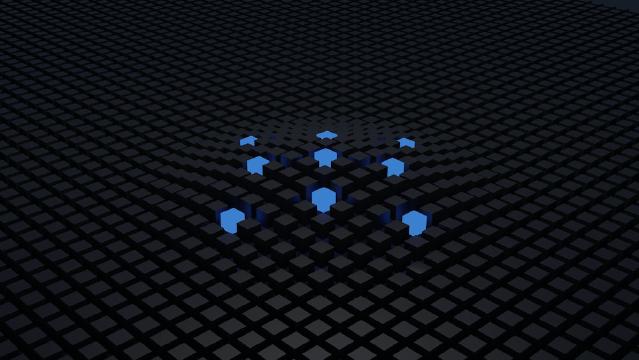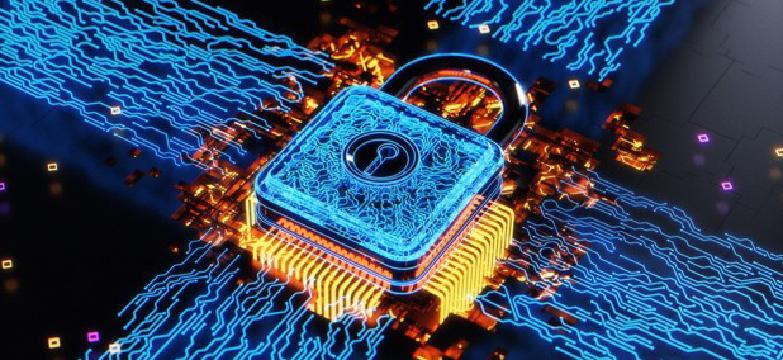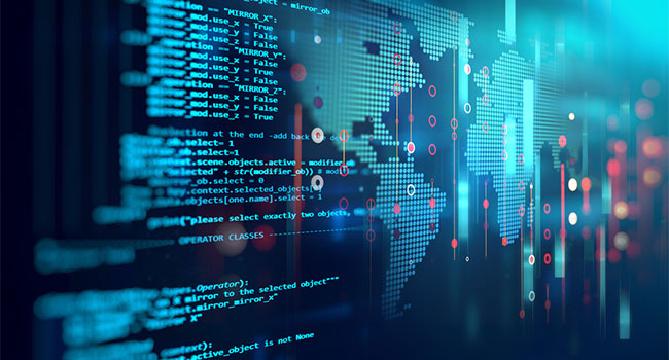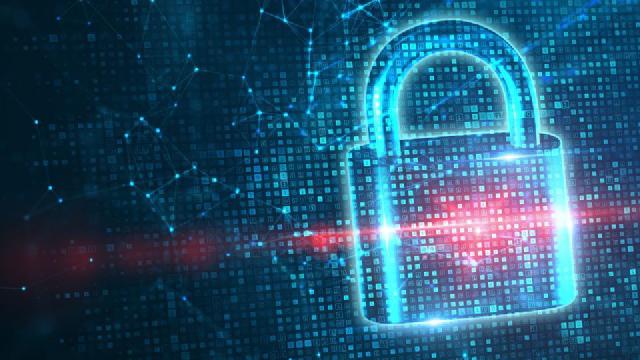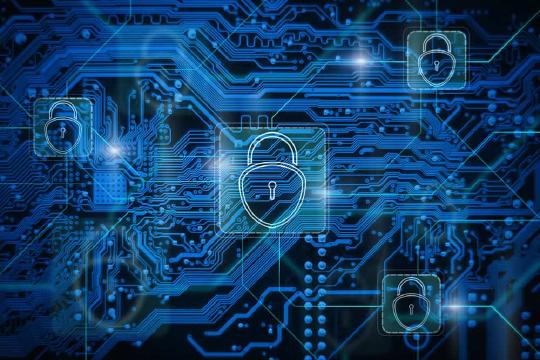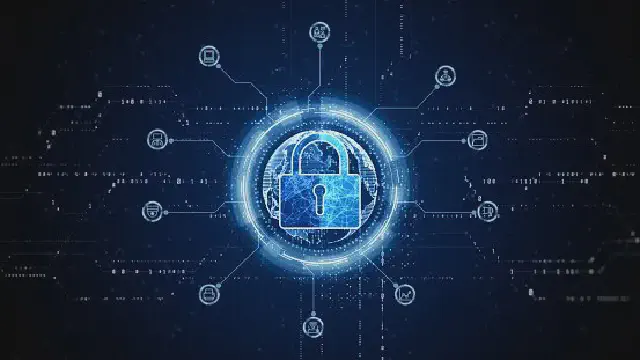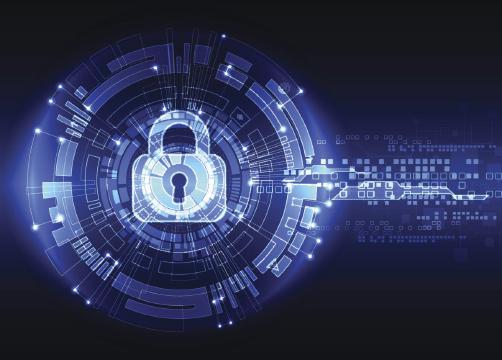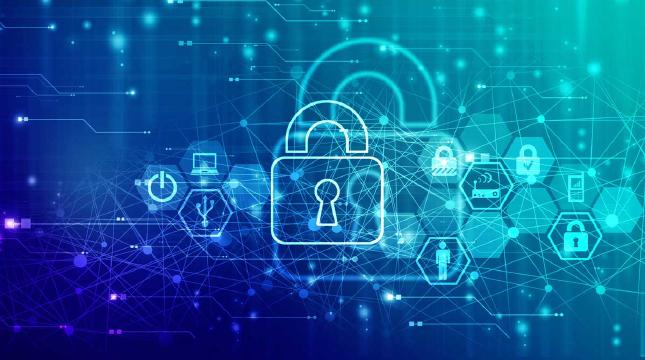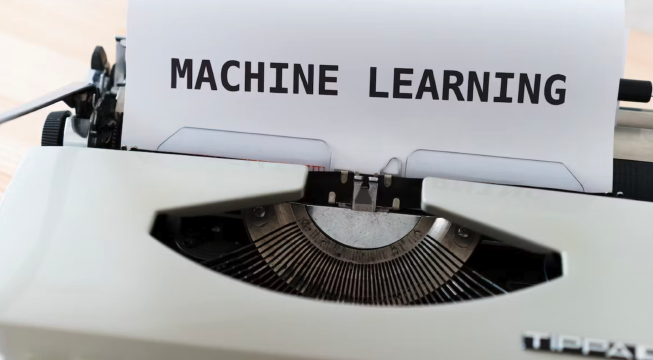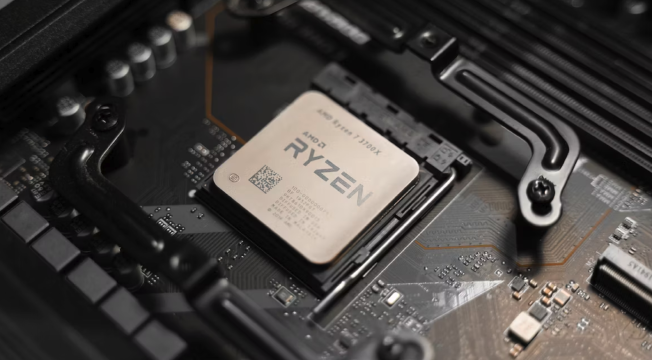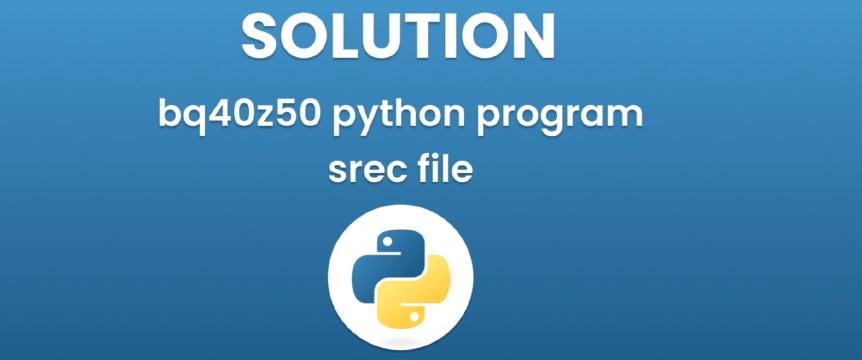Excerpt§
Error correcting codes are widely used in communication networks, storage devices, digital media, and data transmission to detect and fix errors.
Error correcting codes play a vital role in detecting and fixing errors induced during data transmission and storage. This enables reliable information exchange despite noise. Error correction is widely used in communication systems, storage devices, digital media, data networks, and more.
Introduction§
Error correcting codes are methods of encoding data by adding redundant information that can be used to detect and repair corruptions. They enable reconstructing the original information even when errors occur during transmission over noisy channels or writing to unreliable media.
Error correction is crucial for ensuring data integrity and performance in modern digital systems. Let’s explore some key application areas.
Error Correcting Codes in Communication Systems§
Wireless Communication§
Wireless networks like Wi-Fi and cellular networks use error correction to maintain quality:
Wi-Fi standards include convolutional, LDPC, and turbo codes to fix errors. This provides reliable throughput despite signal fluctuations.
Cellular networks also apply channel coding techniques like turbo codes and hybrid ARQ to reconstruct corrupted packets. Enabling clear phone calls and media streaming.
Wired Communication§
Wired networks also leverage error correction:
Ethernet applies FEC with CRC checksums to transmit data reliably over twisted pair cables.
Fiber optic networks use powerful FEC algorithms to achieve ultra low bit error rates needed for high-speed long distance communication.
Error Correcting Codes in Storage Systems§
Hard Disk Drives§
Modern hard drives use low density parity check (LDPC) codes and CRC to fix read/write errors:
LDPC codes can recover data even with high noise levels on the magnetic disk surface.
CRC detects errors while re-reads and parity recovery help reconstruct corrupted sectors.
Solid State Drives§
For NAND flash memory in SSDs, LDPC plus CRC provides critical protection:
This allows recovery from common flash errors like read disturbs and retention failures.
Bad NAND blocks can also be mapped out to prevent data loss.
Error Correcting Codes in Digital Media§
Audio/Video Streaming§
Media streaming utilizes FEC protocols like Pro-MPEG to minimize glitches:
Error correction compensates for packet loss over the internet or cell network.
Buffering and retransmission help smooth over gaps caused by errors.
Digital Broadcasting§
Digital TV and radio leverage FEC to counter interference:
Advanced modulation and coding provides resilience to noise during over-the-air transmission.
This allows viewers at the edge of the coverage area to receive error-free content.
Error Correcting Codes in Data Transmission§
Internet Protocols§
UDP and TCP/IP use checksums and ACK packets to verify data:
UDP checksums help detect corrupted packets that are then discarded.
TCP uses acknowledgement and retransmission to ensure reliable in-order delivery.
File Transfer Protocols§
Protocols like FTP utilize Cyclic Redundancy Checks on packets to confirm accurate transmission. File integrity is also verified using checksums or hashes after transfer.
Conclusion§
Error correcting codes are integral to reliable functioning of communication, storage, media, and networking systems today. They compensate for noise across different mediums and enable reconstitution of original data in the presence of errors. Advances in coding theory and algorithms will expand error correction capabilities even further. Understanding where and how error correction mechanisms enhance robustness provides valuable insight into the inner workings of modern digital infrastructure.

